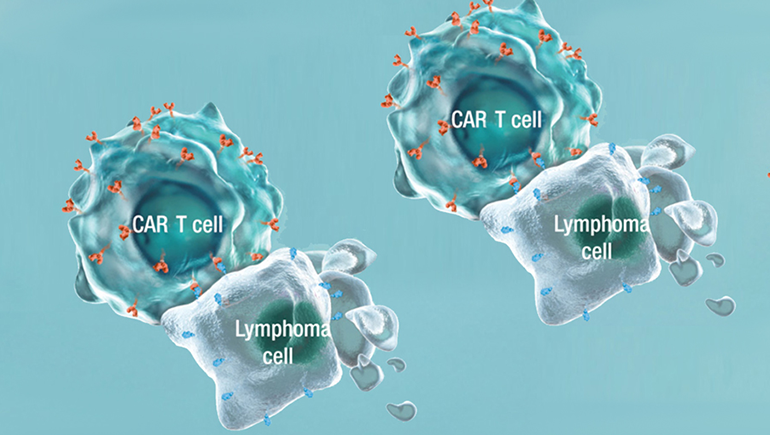
One method that’s recently become available for childhood leukemia is to engineer a patient’s own T cells—a type of white blood cell—to recognize proteins found on the surface of the cancer cells. This type of therapy is called chimeric antigen receptor (CAR) T cell therapy.
With CAR T cell technology, doctors remove some T cells from a patient and genetically modify them with a homing beacon for proteins made by tumors. The newly armed T cells are then multiplied into the billions and infused back into the patient to hunt down the cancer.
While CAR T cell therapies use markers on the outside of cancer cells to fight them, another immune strategy in development looks inside. In this case, the patient’s immune cells are given an engineered T cell receptor (TCR) that helps it recognize pieces of proteins from within cancer cells. When these protein bits find their way to the surface of the tumor cell, the engineered TCR helps the T cell latch on tightly to the cancer cell.
Whether from within or without, cancer cells make proteins that reveal them as unwanted guests in the body. Harnessing the power of the immune system to better detect these flags may one day offer new hope to patients who currently have few options.


